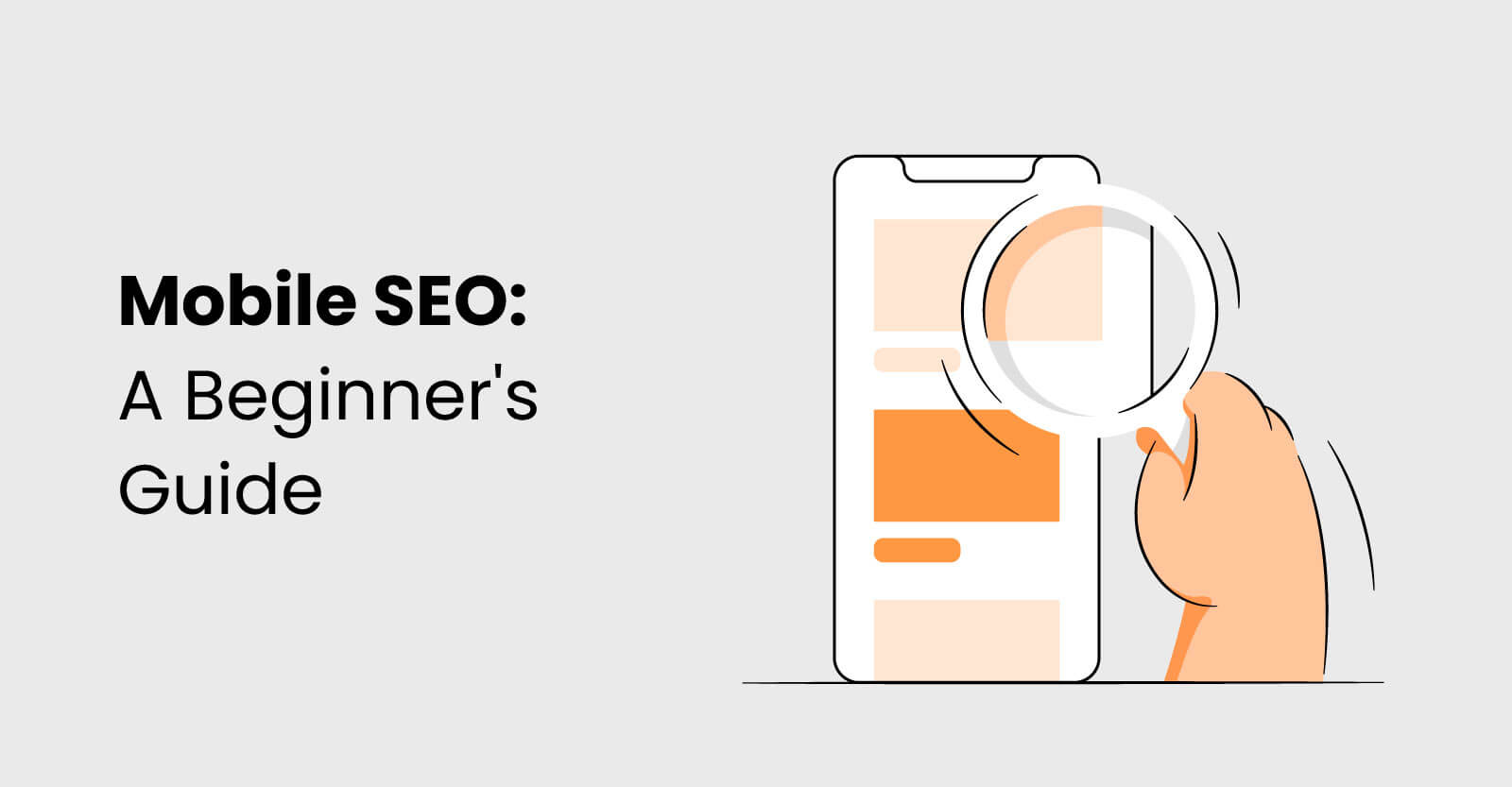Mobile search has grown to the point where search engines now employ different spiders and algorithms than those traditionally used for web search. The new search algorithms measure websites for how they appear and for the likely user experience on mobile phones. These evaluations go as far as ranking results for how well each page will look on the type of phone that submitted the search query. For that reason, it’s not unusual for an iPhone to return different search results than a Samsung handset. This doesn’t necessitate that separate SEO projects be undertaken for each type of handset. What is important is that mobile SEO be improved so that mobile-based spiders and their related search engines determine that a site’s pages will render well across the range of mobile handsets. Improving site speed on these handsets should also be a consideration.
With mobile search engines still in their infancy, their algorithms are not as advanced as the traditional engines. This has forced them to rank for items which are relatively easy to measure, such as visitor behavior on the mobile website. One of the measurements which carries the most weight in a site’s evaluation is a mobile website’s bounce rate. This measurement puts a premium on the loading speed of the site and how it renders once loading is complete. The following is a list on how to improve mobile rankings for a website:
Follow the best practices of traditional search engine optimization – The process of ranking for mobile search is different from traditional methods but much also remains the same. Relevant content, title tags, heading tags, and alt tags still matter in the algorithms of mobile search.
Create a mobile style sheet – This is secondary to the traditional site and will allow for the mobile web formatting of existing pages and content. This step enables the SEO value on the existing site to be leveraged on the mobile pages without the need for recreating it.
Create a style sheet specifically for iPhones – iPhones are formatted to display traditional web pages and will ignore a generic mobile style sheet. Creating an iPhone based style sheet will format pages for mobile viewing, which research has shown is preferred by users.
Adding mobile site maps, handling transcoding issues, and other adaptations can also be undertaken to improve mobile SEO.


